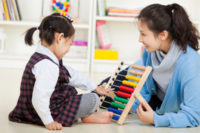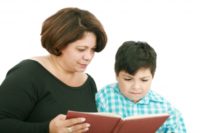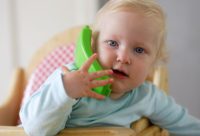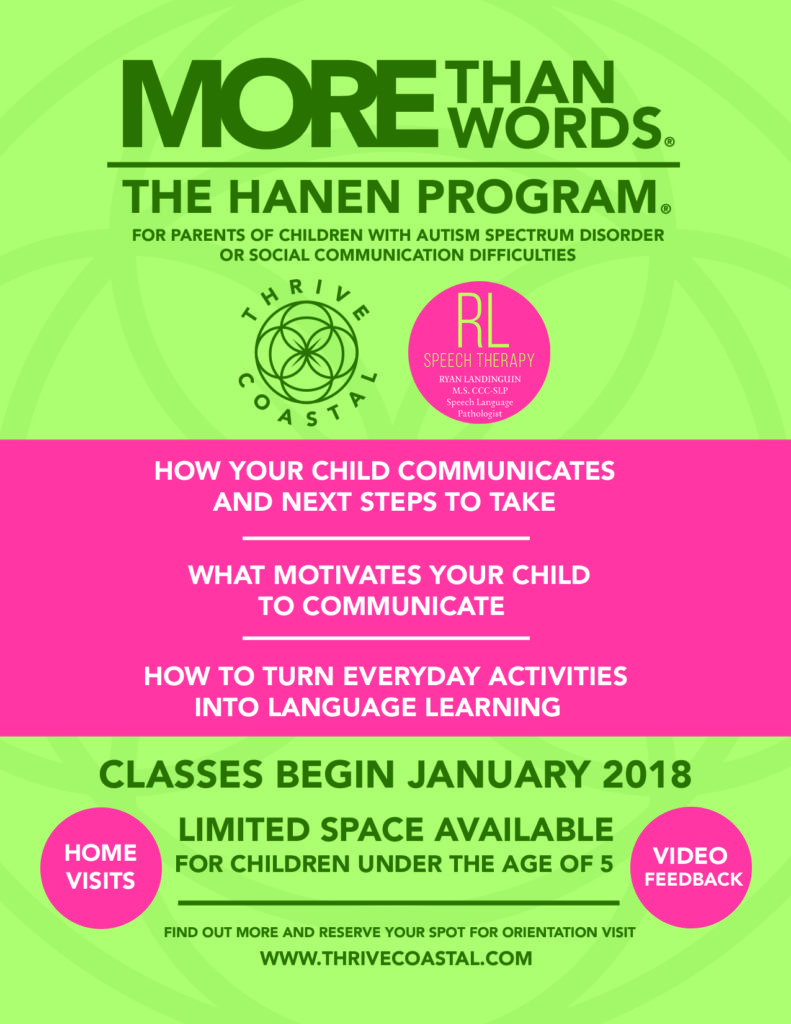At The Hanen Centre, we encourage parents to involve their children in meaningful, positive interactions throughout their day. Have you ever noticed, though, that some toys make it harder to get an interaction going with your child than others? If so, you are not alone.
New research, published in the Journal of the American Medical Association, Pediatrics, shows that the type of toy you and your child are playing with can have a significant impact on the type of interaction that occurs.
Anna V. Sosa, a professor at Northern Arizona University, compared the amount and type of interaction that occurred in three different situations: during traditional toy play (playing with puzzles, shape sorters, etc.), during book reading, and during play with electronic toys.
The Study
- Researchers observed 26 parent-infant pairs, with infants between 10-16 months of age.
- Each pair was given three sets of toys that were chosen based on their ability to produce conversation about specific topics: animals, shapes and colours.
- Traditional toys: a farm animal puzzle, a shape-sorter, and rubber blocks
- Electronic toys that were marketed as being “educational”: a baby laptop, a talking farm, and a baby cell phone
- Board books: two about animals, two about shapes, and one with a colour theme
- The parents played with their children twice a day for 15 minutes, for three consecutive days, giving the pairs an opportunity to play with each toy set twice. The order of which sets of toys they played with was randomized.
- The play sessions were recorded using LENA (Language Environment Analysis) software, which analyzes how much adults speak to their child and back and forth exchanges between parents and child.
- Researchers reviewed each play session and looked at the following five outcomes:
- The number of words the adults said during the play session.
- The number of content-specific words parents used (that is, the number of words that were either about animals, shapes, or colours).
- The number of speech-like sounds the infants made.
- The number of conversational turns. This was measured as a word or sound the parent or infant said that occurred within five seconds of what their conversational partner had just said.
- The number of parent responses per minute. These were words or sounds made by the adults that were direct responses to what the child had just said.






Leave A Comment